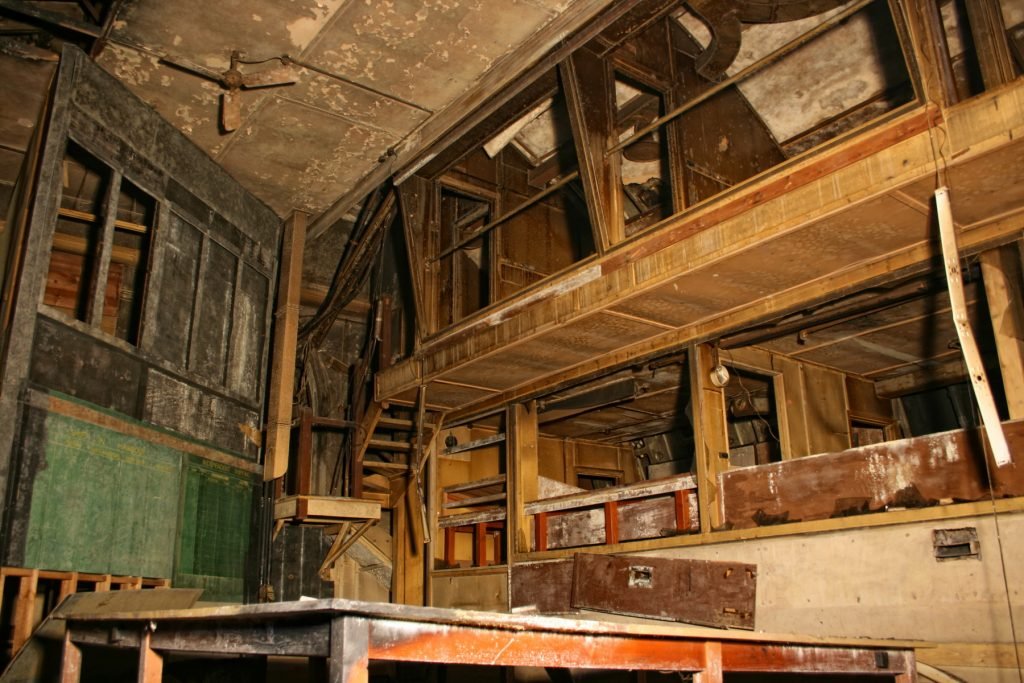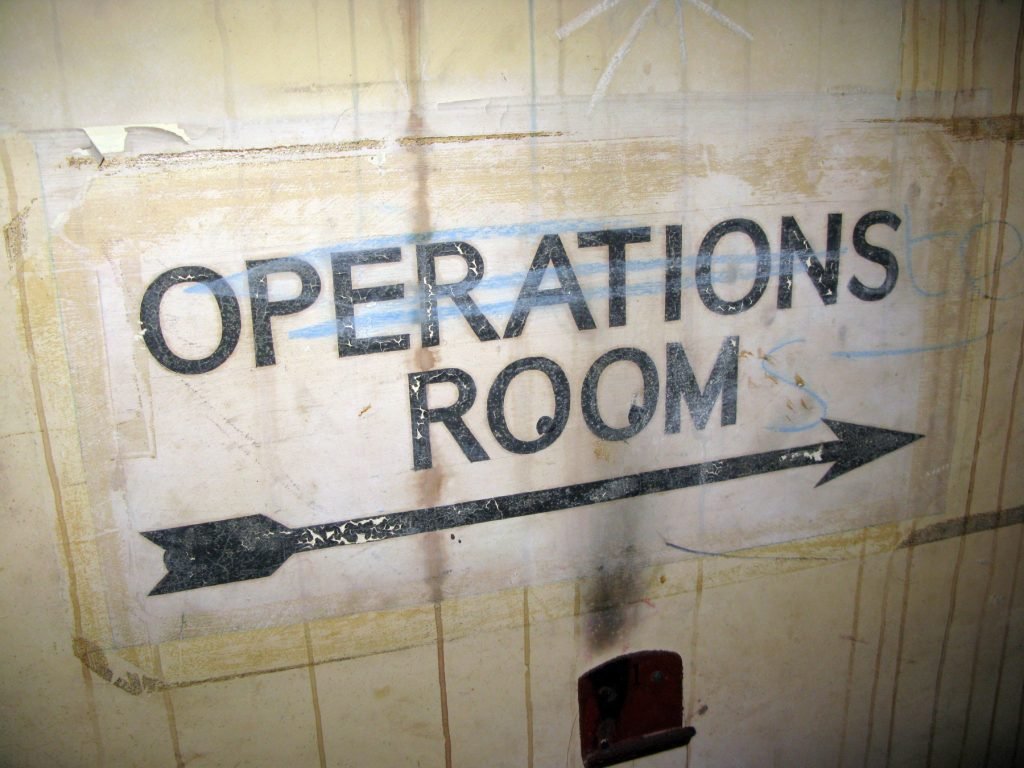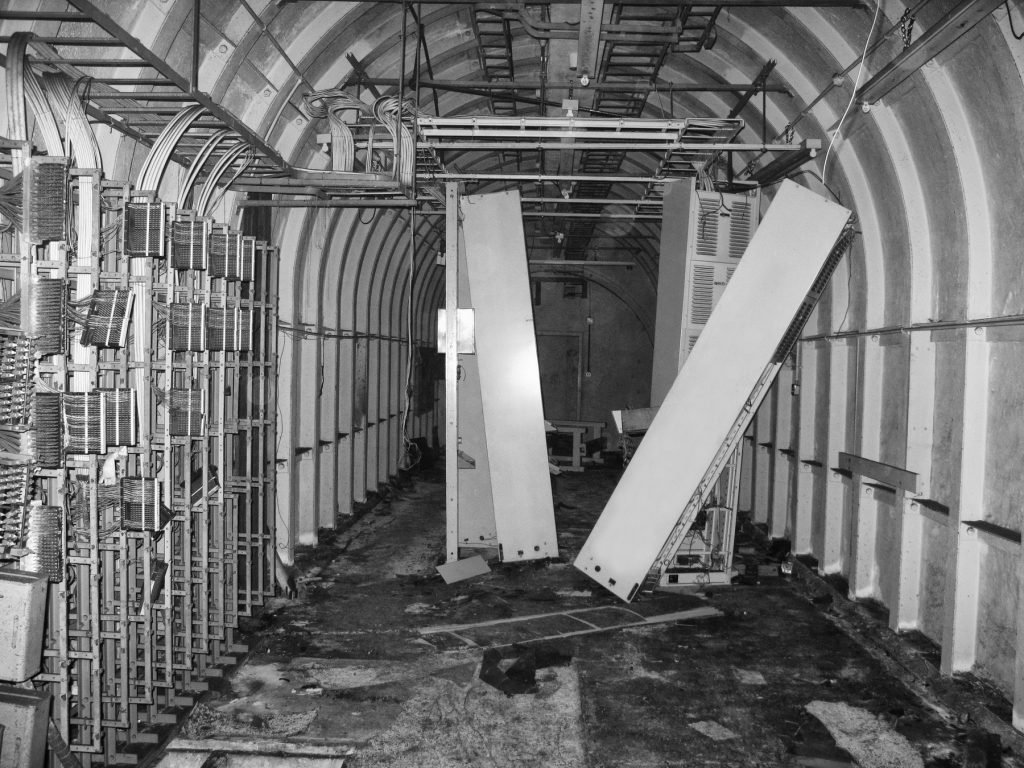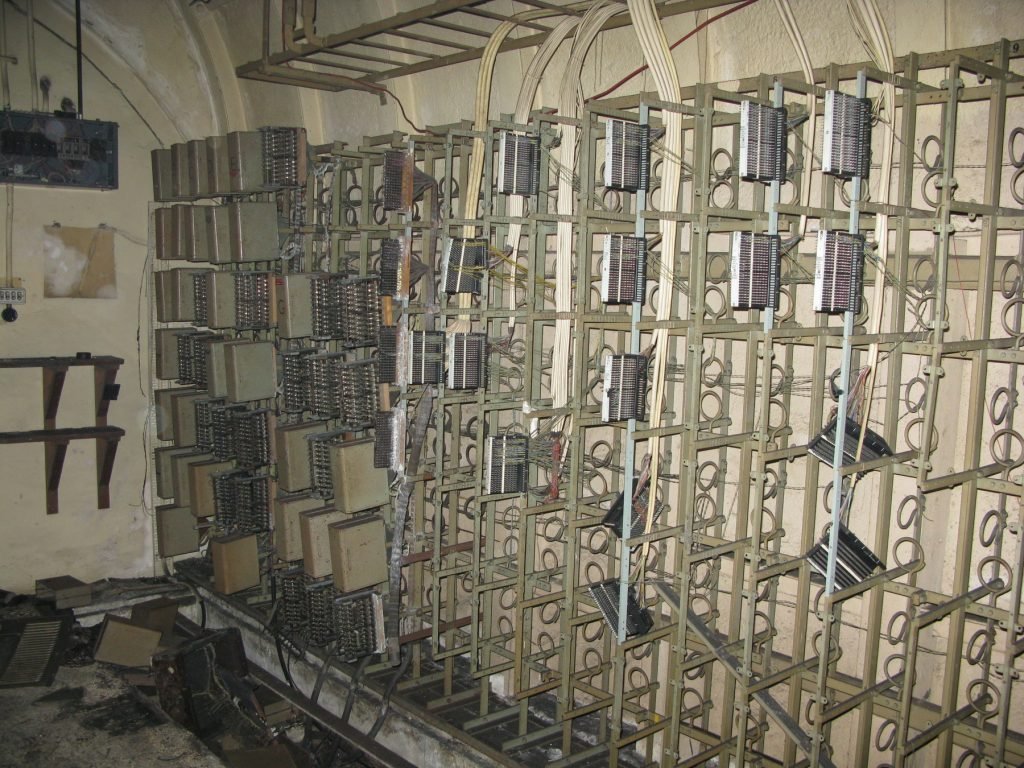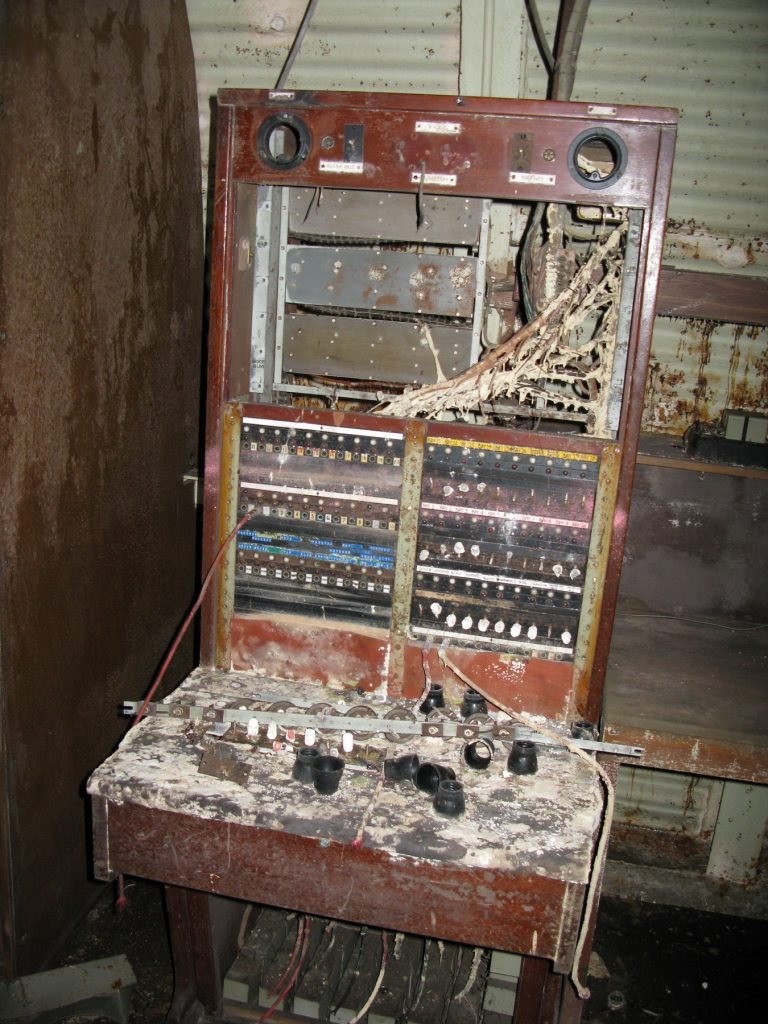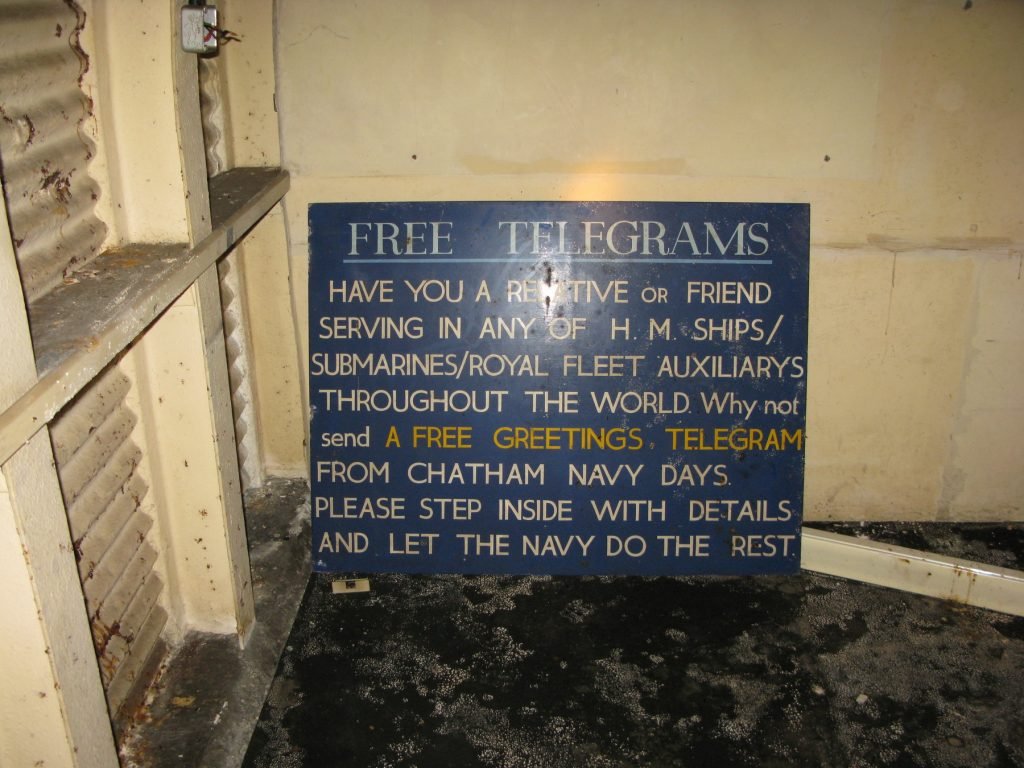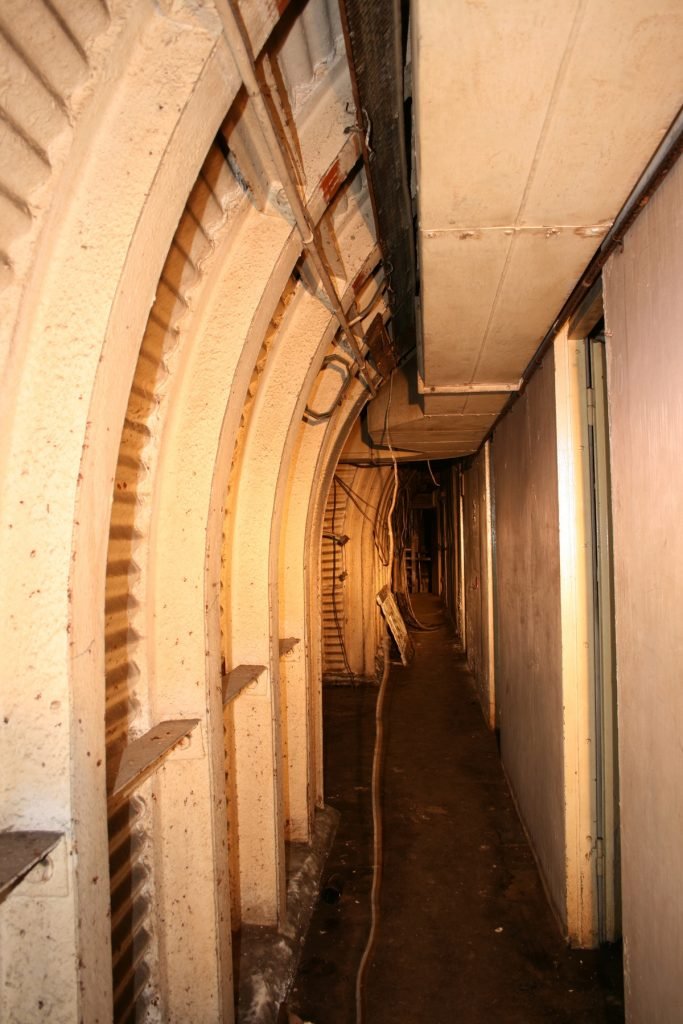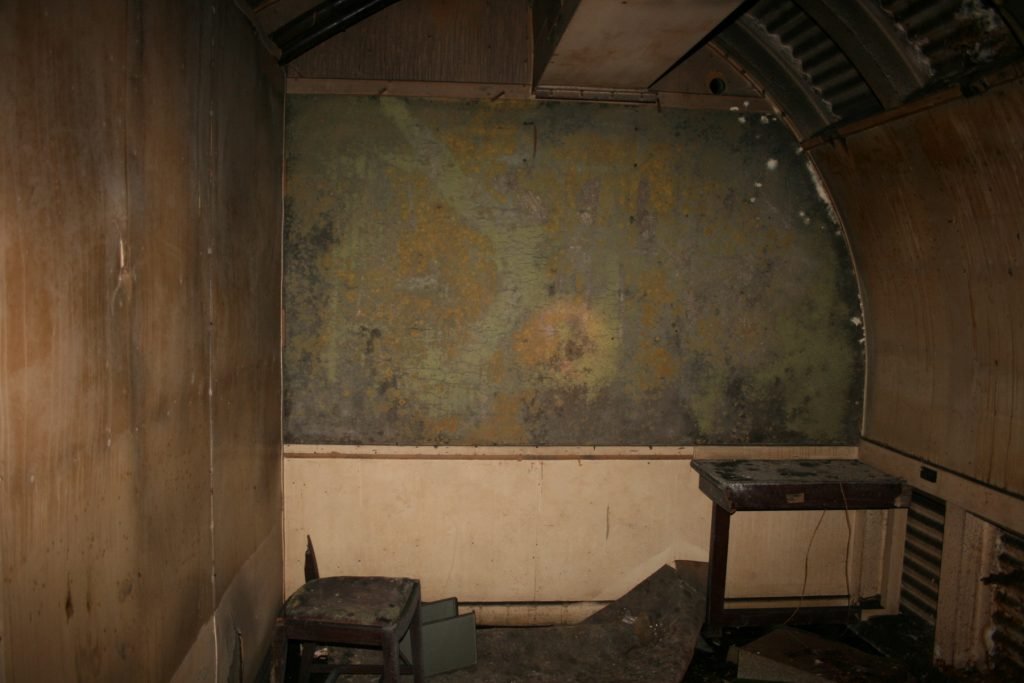HMS Wildfire
These tunnels were originally constructed in the 1930s, reputedly by Cornish tin miners. Lying some 80-100 feet below ground, they became the Headquarters of the Commander in Chief Nore during the Second World War. The Nore is a sandbank in the Thames estuary, near the entrance to the river Medway, the site of former naval bases at Sheerness and Chatham.
The primary function of this bunker was to oversee and command activities in the North Sea and local areas. Facilities in the bunker included operational areas such as a plot and command centre as well as communications centre including a telephone exchange. Up to 100 staff were stationed here around the clock and sleeping facilities, toilets and a small kitchen were also here.
HMS Wildfire, the name given to Chatham RNR (Royal Naval Reserve), took the complex over in 1964 and set about improving the structure which had fallen into a poor state. The communications/ exchange area was retained and improved along with the plotting area, but other ancillary rooms became offices and classrooms which can be seen on the plan. This was to assist the site’s primary function as a training facility. At this stage HMS Wildfire was manned by 13 officers and 39 Ratings.
The main entrance is at ground level, with the emergency exit at the opposite side of the complex. Another escape route was via the ventilation shaft, which would have meant climbing a vertical ladder. Air tight bomb doors secured the tunnel at the top of two very steep slopes and other ancillary buildings were around the site at ground level.
The tunnel remained in use until 1983 with the closure of Chatham Naval Base and HMS Wildfire moved into its current phase. The tunnels themselves were damaged when fire broke out soon after their closure. Access to them has proved difficult due to the poor air quality within the complex.
Location: Medway, Kent
Condition: Very Poor
Date Of Visit: 20/11/07
